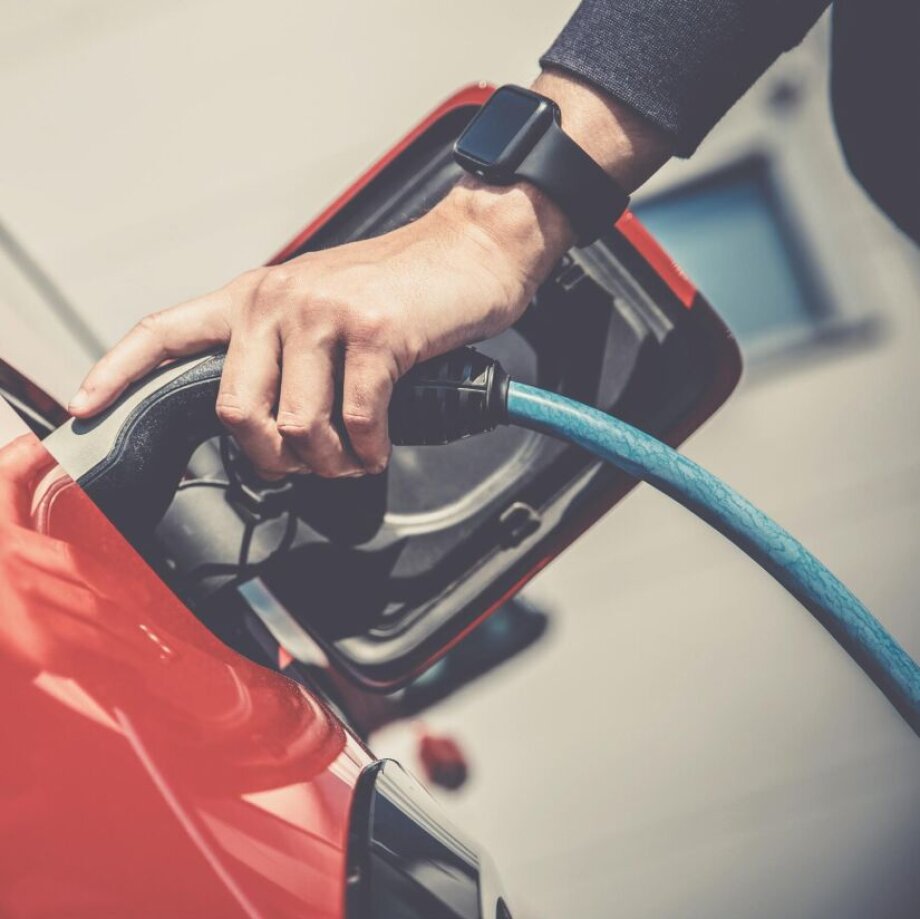 WBJ: How does Poland’s journey so far with e-vehicles look?
WBJ: How does Poland’s journey so far with e-vehicles look?
Aleksander Rajch: The “E-mobility meter” (in Polish: Licznik Elektromobilności) operated by the Polish Alternative Fuels Association (PSPA) and the Polish Automotive Industry Association (PZPM) shows that there were 13,057 personal electric vehicles registered in Poland at the end of July 2020. Fully electric BEV’s constituted 55 percent of this amount (7,231 vehicles), while the rest were plug-in hybrid vehicles (PHEV’s – 5,826 vehicles). At the same time, the number of utility and freight vehicles was recorded at 621, while there were 335 electric buses. The fleet of electric mopeds and motorcycles comprised of 7,748 vehicles in July 2020. The Polish BEV and PHEV vehicle park is steadily growing: a 78 percent increase year-to-year was recorded in the first seven months of 2020 in regard to personal vehicles. However, this growth rate is much smaller than amongst European e- mobility leaders. In terms of comparison, in 2019, 108,839 EV’s were registered in Germany, 79,640 in Norway, 72,834 in the UK, 61,419 in France and 40,406 in Sweden. One must note, however, that the leading e-mobility markets are supported by developed financial and incentive instruments for EV buyers.
According to PSPA assessments entailed in the “Polish EV Outlook 2020”, the development of e-mobility in Poland will gain dynamic in the coming years. A pessimistic scenario which assumes the lack of necessary financing and subsidy mechanisms, the Polish EV park in 2025 would reach approx. 130,000 vehicles. A realistic scenario, which entails some inventive mechanisms to be introduced in the years 2012-2023, including policies such as a 100 percent VAT deduction for EV buyers and users or direct subsidies – the BEV park will reach approx. 280,000 vehicles.
How does the future of e-cars look in Poland in light of charging stations?
There were 1,224 publicly available EV charging stations in Poland at the end of July 2020 which translates to 2,319 charging points. As many as 33 percent of these were fast-charging stations (DC-type), while 67 percent were slow charging AC stations with a power lower or equal to 22kW. Compared to most EU countries Poland has a large share of DC charging stations. Moreover, there are six fully electric BEV’s for every publicly- available charging station, which is also an impressive ratio. Despite these good signs, the robust development of the EV charging infrastructure is a priority if the forecast rise in EV’s on Polish roads is to take place.
Does the e-car industry face any hardships in Poland, e.g. legal barriers?
Unfortunately there are many such barriers at this time. PSPA initiated the “White Book on E-Mobility” project with the intention of working out a very clear and precise recommendation for legal changes that will support the development of zero-emission transport. As part of this work, amongst the many proposals, we recommended introducing an “E-tariff ” to reduce the fixed costs (OPEX) for EV charging infrastructure operators, regulations facilitating the installations of household or private chargers and a 100 percent VAT deduction inventive for the acquisition and expiration of EV’s. We brought forth 50recommendations which are necessary for the dynamic development of Polish e-mobility, in our view.
To our satisfaction, PSPA’s recommendations inspire fruitful changes. The crucial proposal of the “White Book on E-Mobility” regarding the “E-tariff ” is being processed. On August 20, Poland’s climate ministry announced an amendment to the resolution on the detailed rules of shaping and calculating tariffs and electric energy trade settlements. The amendment introduces a special tariff group dedicated explicitly to publicly available charging stations. The implementation of this amendment will eliminate one of the most significant barriers in the development of e-mobility in Poland.
Most importantly, the Polish government announced its plans to amend the Polish law on e-mobility and alternative fuels – so we look forward to furthering implementations of the recommendations brought forth.
How does Izera’s future fare as compared to e-vehicle heavyweights such as Tesla?
The commercial success of the Polish EV project will be very difficult to achieve. Presently, the market was only shown a prototype at a very early development phase, without providing the information as to what platform the vehicle will be developed on, what entity will be tasked with supplying batteries, as well as where and when a potential production facility would be launched. This facility will have to be launched from “scratch.”
Izera will not fill the market void already covered by Tesla. The Polish brand intends to offer vehicles in popular segments, which must stand out in terms of quality and accessories, and above all, a rational and attractive price. The competition in these areas is already very intense and it will be incomparably larger in 2023. EV models were introduced by practically all significant automotive producers, which boast a superior technological base and brand recognition amongst potential consumers.
Currently, around 80 percent of Poland’s electricity comes from coal-fired plants. How eco-friendly are e-vehicles in the country?
EV drivers in Poland already use publicly-available chargers fueled with electricity from RES. Such chargers were installed already by leading operators in Poland. All the charging stations installed as of 2020 use electricity from hydroelectricity and windfarms. RES-fueled charging stations are already functioning amongst operators such as GreenWay Polska, Energa and PGE Nowa Energia.
According to data provided by the Transport & Environment campaign group, the carbon footprint of EV’s in Poland in their entire life-cycle (production phase, exploitation, recycling) is 29 percent lower than ICE vehicles. In the coming year, this disparity will increase in favor of the EV’s.












 WBJ: How does Poland’s journey so far with e-vehicles look?
WBJ: How does Poland’s journey so far with e-vehicles look?





